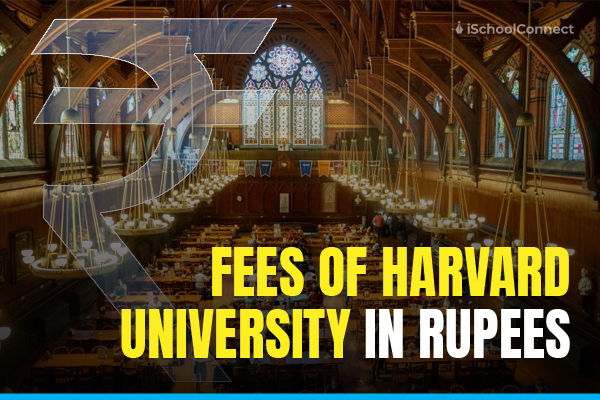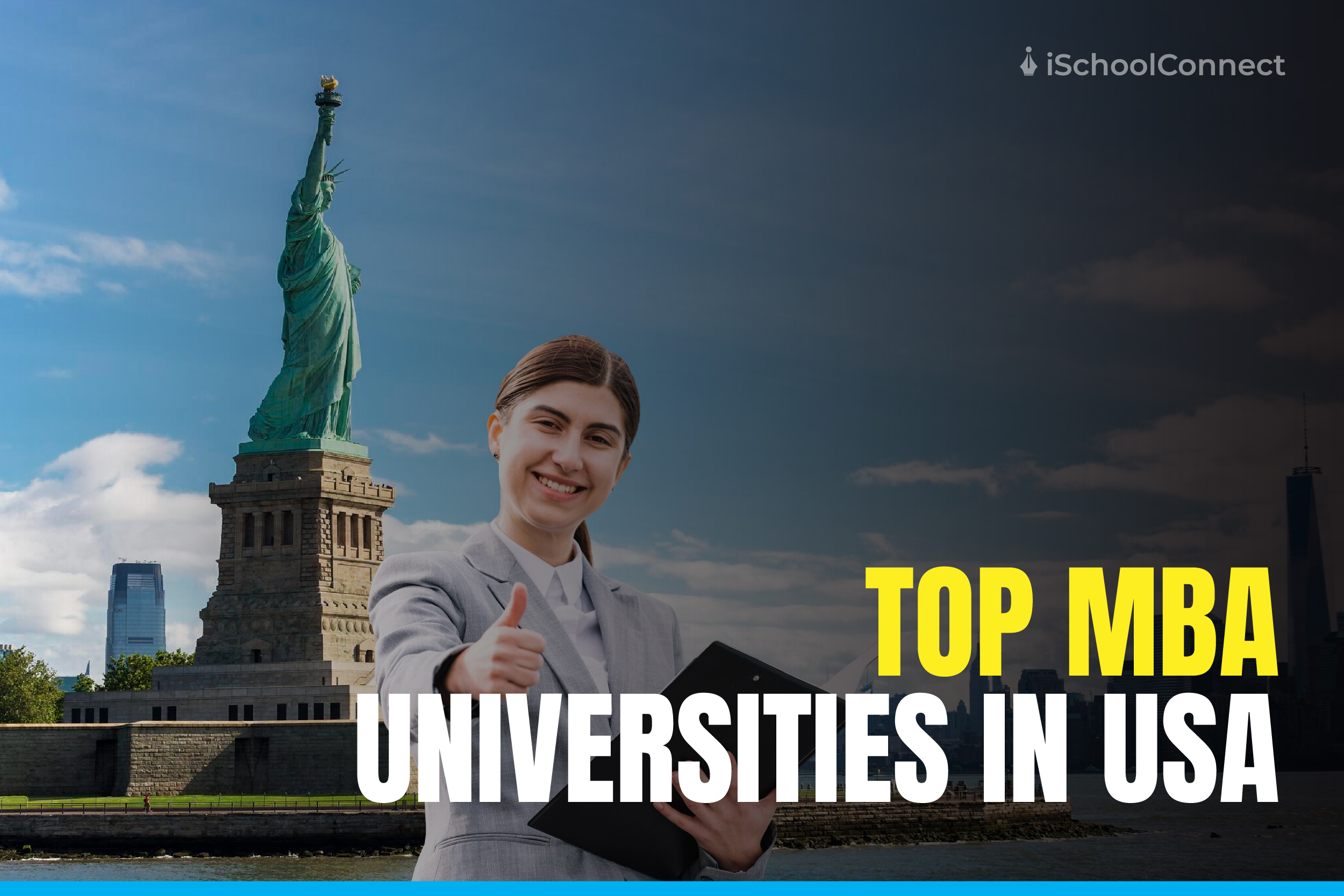Table of Contents
The University of Hertfordshire – All you need to know
College Lane and de Havilland are the two campuses in Hertfordshire. More than 25,130 students are enrolled there as of 2021, including more than 5,200 international students representing 100 different nations. The university employs over 2,700 people, 812 of whom are academic personnel, making it one of Hertfordshire’s top employers. It generates more than £235 million in revenue. The University Alliance, Universities UK, and European University Association are all members of Hertfordshire.
Schools/Colleges
The university has nine schools:
- Hertfordshire Law School
- Hertfordshire Business School
- Computer Science
- Creative Arts, Education
- Health and Social Work
- Humanities (in charge of the CATS program)
- Life and Medical Sciences, Physics, Engineering
- Computer Science
- Hertfordshire Higher Education Consortium
Programs
- Accounting and finance
- Aerospace engineering
- Animation, film, and digital
- Architecture
- Art, design, and fashion
- Automotive engineering
- Biological sciences
- Business and management
- Civil engineering
- Computer science, artificial intelligence, and robotics
- Education and teaching
- Electrical and electronic engineering
- English language, linguistics, and foreign languages
- Event management and tourism
- Geography and environment
- Health professions and social work
- History, English literature, and creative writing
- Journalism, media, and communications
- Law and criminology
- Marketing, communications, and advertising
- Mathematics and physics
- Mechanical engineering
- Music, performance, and production
- Nursing and midwifery
- Philosophy, politics, and economics
- Psychology
- Sports
Fees
| Courses | Tuition Fees (GBP) | |
| Medicine and HealthCare | 10 Courses | 16000 |
| MBA | 1 Course | 14995 |
| Engineering | 15 Courses | 11500 – 15500 |
| Science | 11 Courses | 1670 – 11500 |
| Arts | 4 Courses | 8640 – 12500 |
| Media Films | 6 Courses | 11000 – 13950 |
| Hospitality & Tourism | 1 Course | 13450 |
| Information Technology | 7 Courses | 15500 |
| Management | 22 Courses | 4800 – 11000 |
Campuses

College Lane and de Havilland are the university’s main campuses. It is the owner of a BioPark facility, a science park run by Exemplars on behalf of the college. Additionally, 6,000 square meters of laboratory and office space are available to companies specializing in health and life sciences. There are now 27 permanent and virtual renters as of 2014.
There are also a swimming pool and a climbing wall there. Additionally, it is home to two art galleries, the Weston Auditorium, which hosts cultural events, and one of the most renowned teaching observatories in the UK. Hertfordshire has global alumni of more than 165,000, with over 25,130 students, including more than 5,200 international students who collectively represent 100 countries.
College Lane Campus
The College Lane campus, which contains the old Hatfield Technical College building, is the university’s central location. The university’s Learning Resource Centre, which combines a library and a computer center, is a notable structure on this campus.
de Havilland Campus
In September 2003, Carillion’s £120 million de Havilland campus, constructed on a former British Aerospace site and within a 15-minute walk from College Lane, was opened. Additionally, this school has a Learning Resource Center that combines a library and a computer lab.
Bayfordbury Campus
The university’s astronomical and atmospheric physics remote sensing observatory, regional science learning center, biology and geography programs field stations, and other facilities are on a third 50-hectare site in Bayfordbury.
Meridian House
This facility houses a few Health and Human Faculty Schools and is situated on the outskirts of Hatfield Town Center, off College Lane Campus.
Rankings
In the 2019 Times Higher Education World University Rankings, the University of Hertfordshire is ranked 601–800 out of all universities worldwide. According to the 2018 Young University Rankings, it stands from 101–150. In terms of subject-specific rankings, it has a global position in the arts and humanities that ranged from 301 to 400 in 2019. In 2018 European Teaching assigned it a subject-specific global ranking between 150 and 200.
Additionally, Hertfordshire University was placed 698th among all universities in the globe in the 2018 US News Best Global Universities Ranking. The University of Hertfordshire is ranked 69 in the Times Higher Education Student Experience Survey 2018 and received a score of 75.5 for overall student satisfaction.
Research

The university is home to three research institutes: the Institute for Health and Human Sciences, the Institute for Science and Technology, and the Institute for Social Sciences, Arts, and Humanities. Additionally, a growing research portfolio with particular expertise in computer science, psychology, history, philosophy, nursing, and psychology.
Student life
The Forum, which has three performance venues, a dining area, a coffee shop, several bars, and on-site parking, is the central hub for nightlife. The University of Hertfordshire’s student union is called the Hertfordshire Students’ Union (HSU). Opening in 1977 was the Students’ Union Social Center. To foster solidarity and increase the social activities of the day students at Hatfield Technical College, the administration sponsored the formation of a Student Representative Council (SRC) in 1982. The SRC was a National Union of Students member but initially focused mainly on social events.
Prominent alumni
- Helen Lederer – Comedian, writer, and actress who emerged as part of the alternative comedy boom at the beginning of the 1980s
- Richard Howitt – Member of the European Parliament for the Labour Party for the East of England
- Abdulaziz bin Abdullah – Deputy minister of foreign affairs in Saudi Arabia
- Akif Çağatay Kılıç – Current Minister of Youth and Sports of Turkey
- Jean Bacon – Professor of Distributed Systems, Computer Laboratory, University of Cambridge
- Tony Banham – Founder of the Hong Kong War Diary project
- Ciarán O’Keeffe – Psychologist (parapsychology and forensic psychology)
- Sarah West – First woman to be appointed to command a major warship in the Royal Navy
- Chris Gubbey – Auto executive for General Motors
- Luke Scheybeler – British designer and entrepreneur
- Des de Moor – Member of The Irresistible Force
- Sonia Deol – British radio and television presenter
- Michael Owen – Rugby union player: former Wales and British & Irish Lions captain
- Ajaz Akhtar – Former British cricketer
- Steve Borthwick – Former English rugby union footballer who played lock for Saracens and Bath
- Owen Farrell – England, Saracens rugby union player
Key takeaways
- In 1992, the British government granted Hatfield Polytechnic, today known as the University of Hertfordshire, university status.
- The two campuses in Hertfordshire are College Lane and de Havilland. As of 2021, more than 25,130 students are registered there, including more than 5,200 from other countries.
- At the University of Hertfordshire has three research institutes: the Institute for Health and Human Sciences, the Institute for Science and Technology, and the Institute for Social Sciences, Arts, and Humanities.
Did you find this blog informative? If so, please share your thoughts in the comments below Click here to contact us for more information on the topic. We would be happy to assist you with your queries.
Liked this blog? Read next: Singapore University of Technology and Design
FAQs
Q1. Are IELTS exams necessary in Hertfordshire?
Ans. An undergraduate IELTS score of 6.0 (with no band lower than 5.5) or a postgraduate IELTS score of 6.5 (with no band lower than 5.5) is required.
Q2. Is admission to the University of Hertfordshire difficult?
Ans. With a 70% acceptance rate, the University of Hertfordshire is considerably easier to get into.
Q3. What grade requirements are there for Hertfordshire University?
Ans. You require that at least 50% of the applicant’s chosen subject must be covered by the degree. English language, maths, and science at the GCSE (or IGCSE) level at grade 4 or higher (grade C or higher under the old grading system and at “O” Level).







